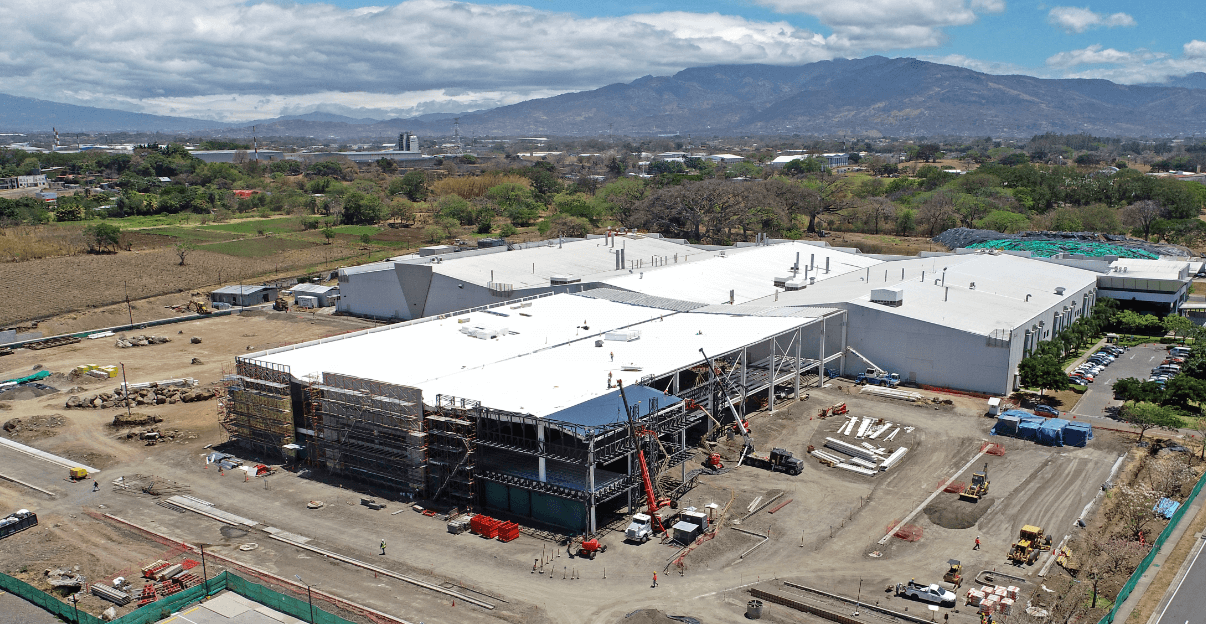The new structural models and an increasingly sustainable development demand are the spearheads of technologies in the construction industry.
Coyol Free Zone, a real estate developer with built-to-suit solutions for the Life Sciences industry, already ventures into the modeling of its new buildings through Building Information Models (BIM), which allows it a broad advantage and know-how over the rest of the industry.
These are technologies used in cleanrooms in Europe and the United States.
Through BIM, it is possible to build all projects under the LEED sustainability certification badge within the park, monitor energy efficiency and compliance with international insurance standards.
“In the last year we have experienced a wide growth both in square meters and in companies within the park, which has forced us to maintain the highest quality and design flexible construction methods that at the same time allow us to increase the productivity of the companies,” said Carlos Wong, CEO of Coyol Free Zone.
Avant-garde building construction
The needs of each client vary from one to another, however, there are some essential sustainability requirements such as the efficiency in energy use and its generation in the local community of El Coyol.
For example, the buildings designed for Abbott, Smith & Nephew, CooperVision and Establishment Labs were created with an architectural concept guided by energy efficiency and savings. The Medtronic and CooperSurgical buildings, meanwhile, use Solar-E glasses that allow light to pass through but do not heat the interior and panels to develop their production.
Other buildings require higher roof thicknesses to reduce heat and reuse rained water in cooling systems to avoid the use of freezers.
The Coyol Free Zone park is guided by a master plan that protects 12% of its 265 acres of extension for the conservation of native trees, promotes transportation through bicycles with exclusive parking and migrated from traditional lighting to solar lamps and programming for automatic shutdown.

